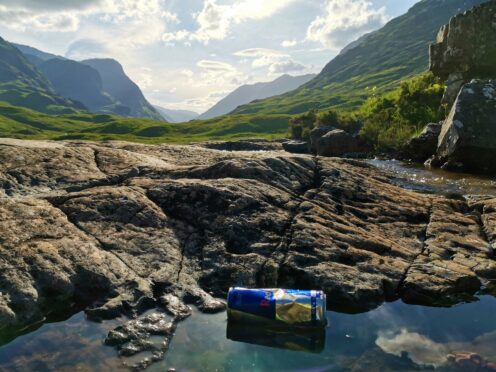
A new campaign from the National Trust for Scotland aims to encourage visitors and campers to ‘love this place, leave no trace’ at the country’s areas of scenic beauty.
It features graphic images highlighting the serious damage and impact on some of the Trust’s properties and wild locations, which have welcomed record numbers of visitors as lockdown restrictions have eased.
With international travel still uncertain, Trust staff and volunteers anticipate high-levels of visitor numbers in the months ahead to places like Glencoe, Ben Lomond and Mar Lodge Estate.
And in last weekend’s Sunday Post, we highlighted concerns over the impact of such an influx on the Highlands in a special report from Durness.
National Trust staff have witnessed a rise in anti-social behaviour which is endangering the natural environment, harming local communities and having a devastating effect on long-term conservation projects.
As well as unprecedented levels of littering and human and animal waste, fences and trees have been uprooted and used for firewood and livestock and wildlife attacked by loose dogs.
The new campaign urges people visiting to respect the environment and hopes to raise vital funds to support clean-up efforts and further educate people on how to minimise their impact.
Emily Bryce, operations manager at Glencoe National Nature Reserve and Glenfinnan Monument, said: “While the vast majority of visitors here in Glencoe and Glen Etive respect the landscape, unfortunately our ranger team spend a considerable proportion of their time dealing with those who don’t.
“Clearing up litter and human waste; repairing damage to paths, verges and fences; addressing the impact of deer entering new woodland enclosures due to gates being left open; and discouraging inconsiderate parking when car parks are at capacity – these activities are all essential, but they also take our valuable time away from ongoing nature conservation projects and wildlife monitoring.
“Chatting with outdoor enthusiasts and championing responsible countryside access has always been a rewarding element of a ranger’s role, and we find it makes a real difference when it comes to reducing anti-social behaviour at busy countryside places. Our team have been out and about more than ever recently – on a busy Saturday walkabout we might engage with over 400 walkers and wild campers.
“We’ve been working in partnership with our local community, neighbouring landowners and authorities to clearly signpost local facilities and develop long-term plans to sustainably accommodate visitors to the glens, with sensitively designed infrastructure improvements.
“We need your help to continue with this work and empower people with the motivation and skills to ‘leave no trace’.”
Spanning some 29,000 hectares in the Cairngorms and standing as Britain’s largest National Nature Reserve, Mar Lodge Estate has seen a dramatic rise in ‘dirty campers’.
As a result, they’ve taken a novel approach to the issue – introducing a ‘Trowel Station’ where people can borrow a trowel and bury their waste when camping.
Head ranger Paul Bolton said: “We’re also finding lots of litter, some people have even left entire campsites for us to clear away – food waste, sleeping bags and tents included. Litter not only ruins the landscape but it can also kill wildlife.
“Campfire remains are becoming a common sight as well. The burnt circles on the ground are not only an eyesore but a serious fire hazard. In the first three months after lockdown, we dealt with more fires than we normally would in a whole year.
“A stone circle does not keep a fire contained, for the heat can ignite peat soil, spreading the fire unnoticed underground. We’ve also discovered that some people have cut down young, healthy trees, or dismantled fences for their campfires, destroying decades of conservation work.”
Paul added: “In truth, it takes an enormous amount of work to conserve Scotland’s iconic mountains, woodlands and coastlines, which we all love. As a charity, we can only protect these places with your support.”
The National Trust for Scotland is urging people to get out and visit the locations and properties it cares for responsibly.
To help, rangers have drawn up ten top tips:
1. COME PREPARED WITH A PLAN B
Move on if it’s too busy or car parks are full.
2. PARK WITH CARE
Please do not damage verges or obstruct other vehicles, narrow roads, passing places or field gates.
3. LEAVE NO TRACE
Take your litter home and never leave rubbish beside a full bin.
4. STAY ON PATHS TO HELP PROTECT HABITATS
By avoiding bypassing muddy patches, you’ll reduce the risk of erosion spreading.
5. REMEMBER FOOTPATH ETIQUETTE
Need to let someone past? Step to one side, then step back onto the path again.
6. THINK YOU MAY NEED TO ‘GO’ WHILE YOU’RE OUT?
Come prepared with a bag and sealable container to take away human waste and soiled tissues safely.
7. CHOOSE YOUR CAMPING SPOT CAREFULLY
Give busy areas a rest and take as long to clear up as you take to set up.
8. USE A STOVE INSTEAD OF LIGHTING A FIRE
This will help prevent wildfires, scorched earth and tree damage.
9. KEEP DOGS UNDER CONTROL OR ON A LEAD
This ensures your dog will avoid disturbing wildlife or livestock.
10. LEAVE SOMEWHERE EVEN BETTER THAN WHEN YOU FOUND IT
Bring a litter picker and collect rubbish while you’re out.

Enjoy the convenience of having The Sunday Post delivered as a digital ePaper straight to your smartphone, tablet or computer.
Subscribe for only £5.49 a month and enjoy all the benefits of the printed paper as a digital replica.
Subscribe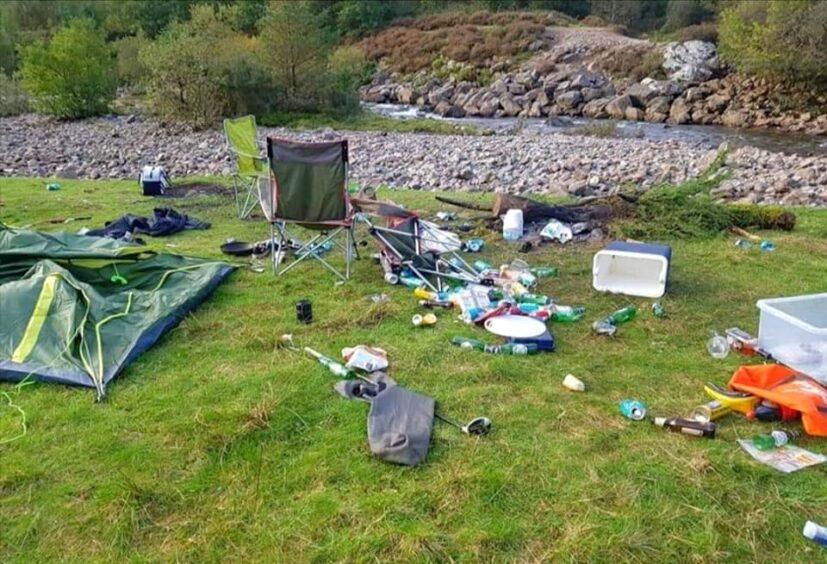 © National Trust for Scotland
© National Trust for Scotland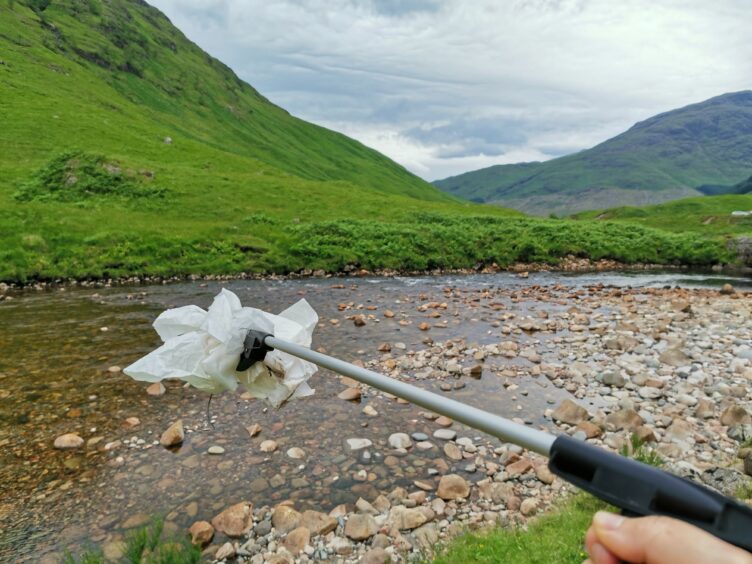 © National Trust for Scotland
© National Trust for Scotland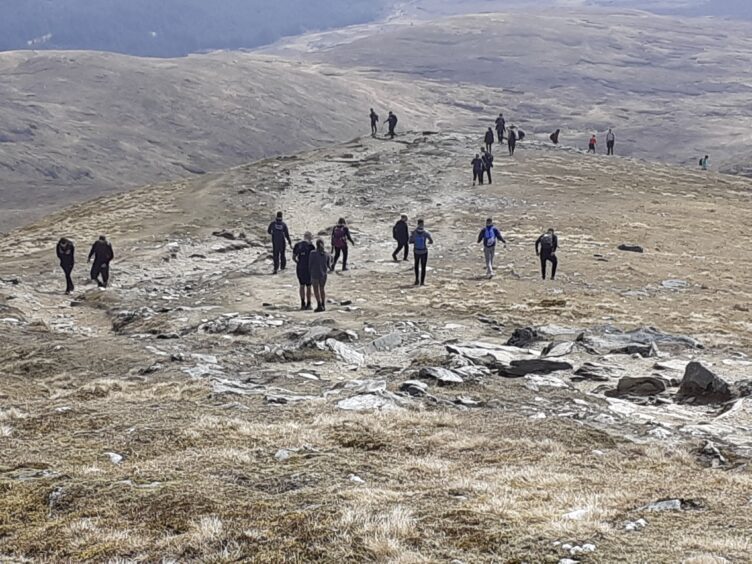 © National Trust for Scotland
© National Trust for Scotland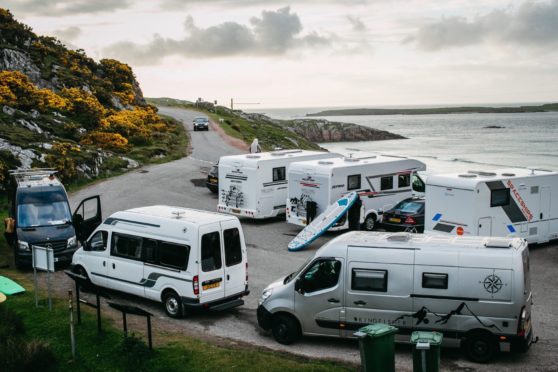
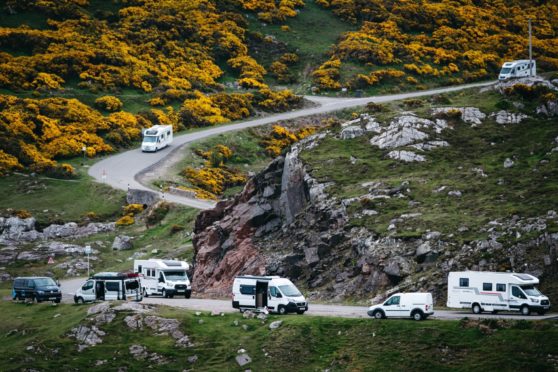
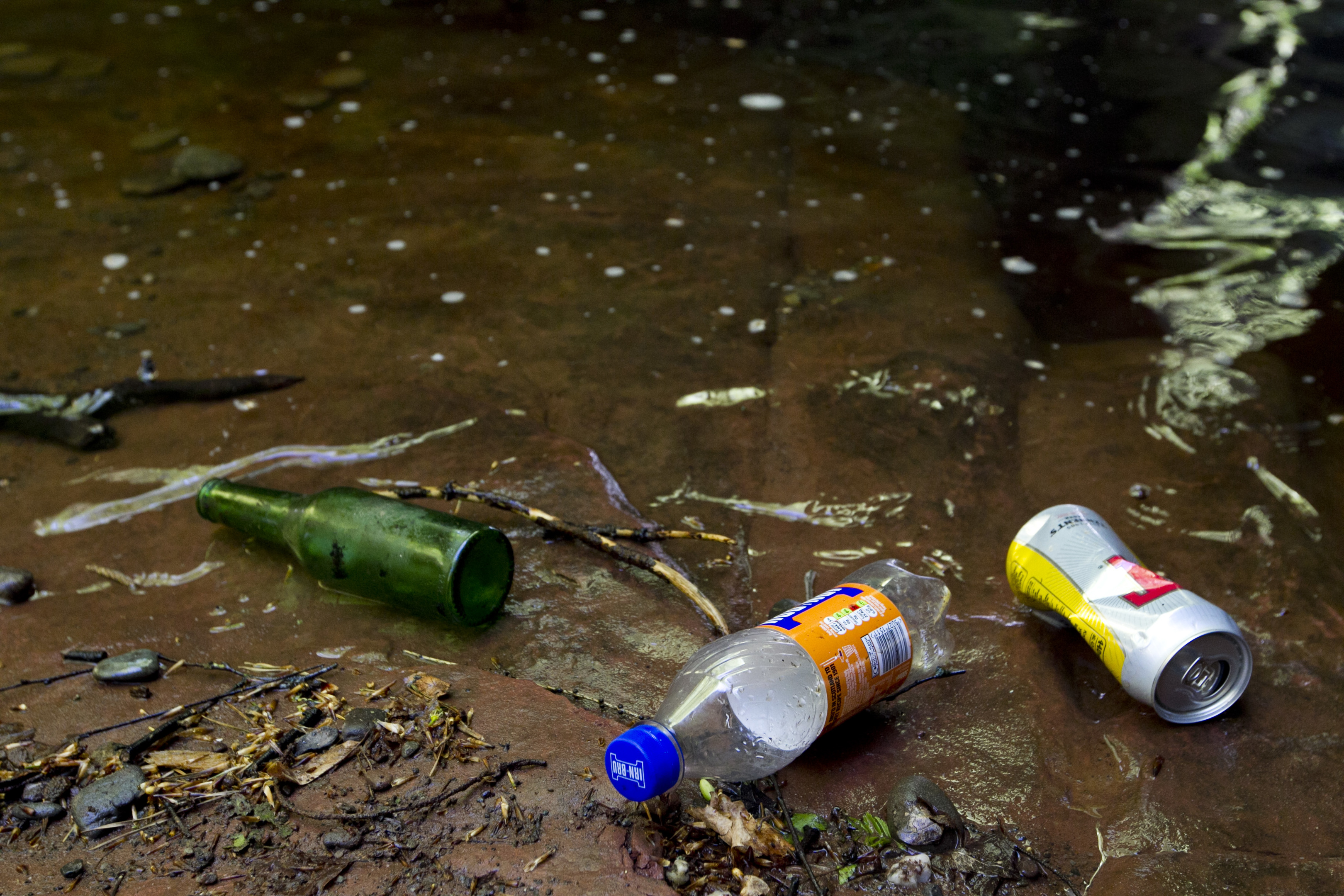
 © National Trust for Scotland
© National Trust for Scotland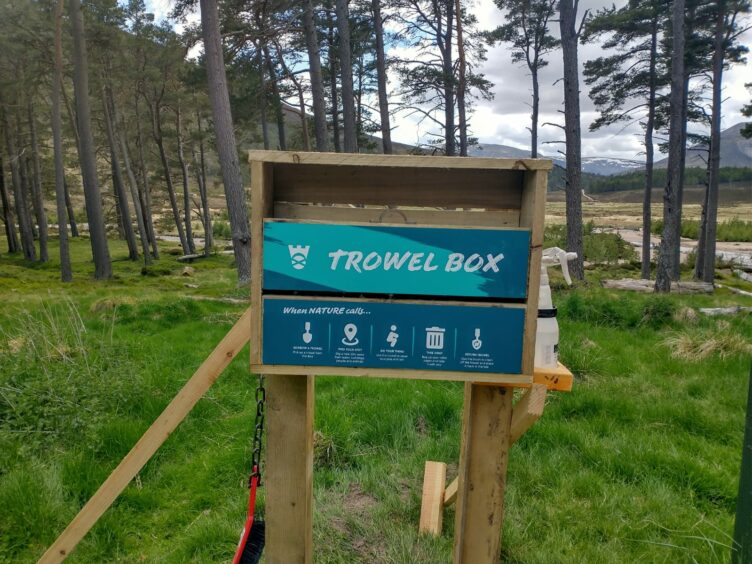 © National Trust for Scotland
© National Trust for Scotland